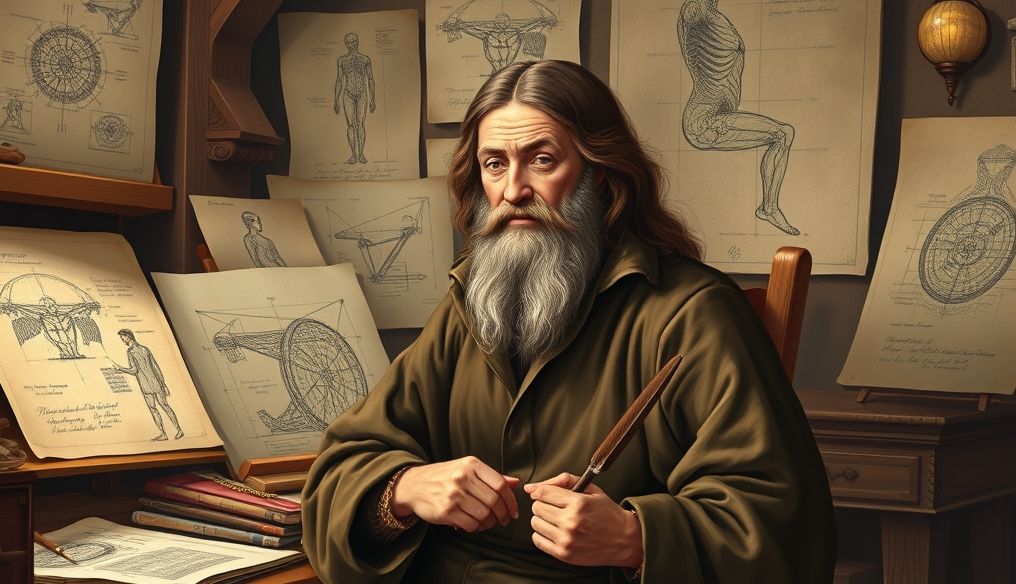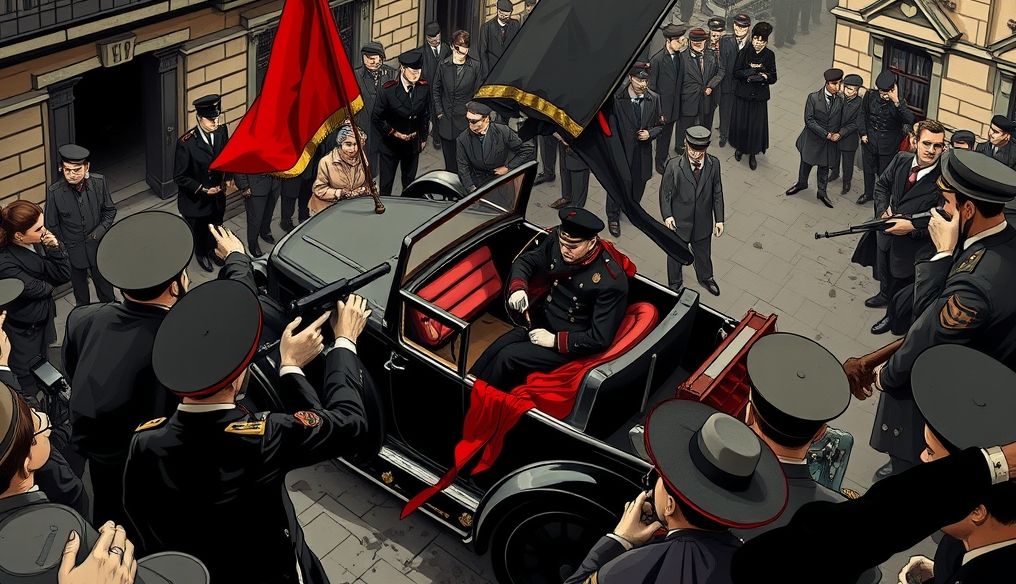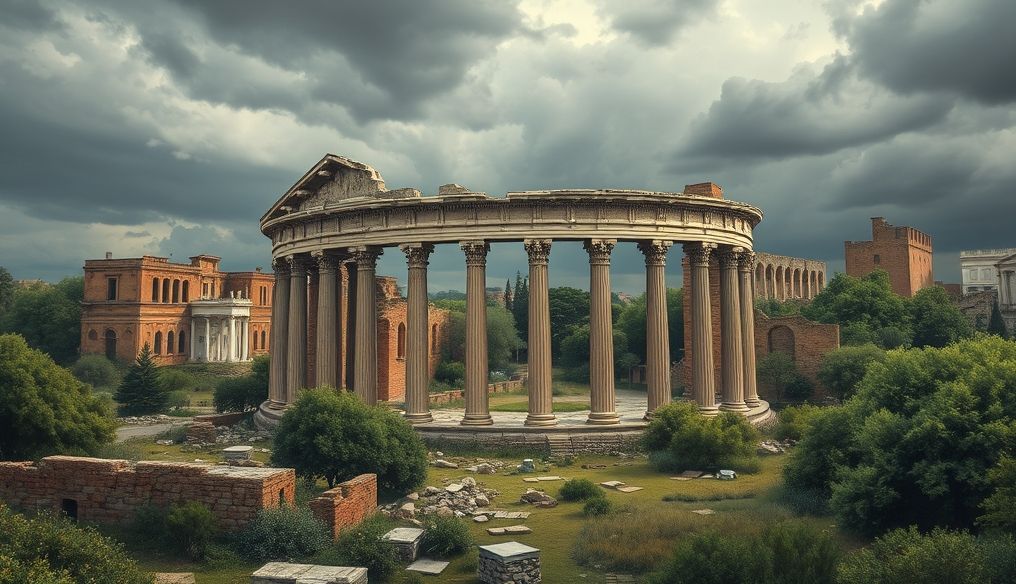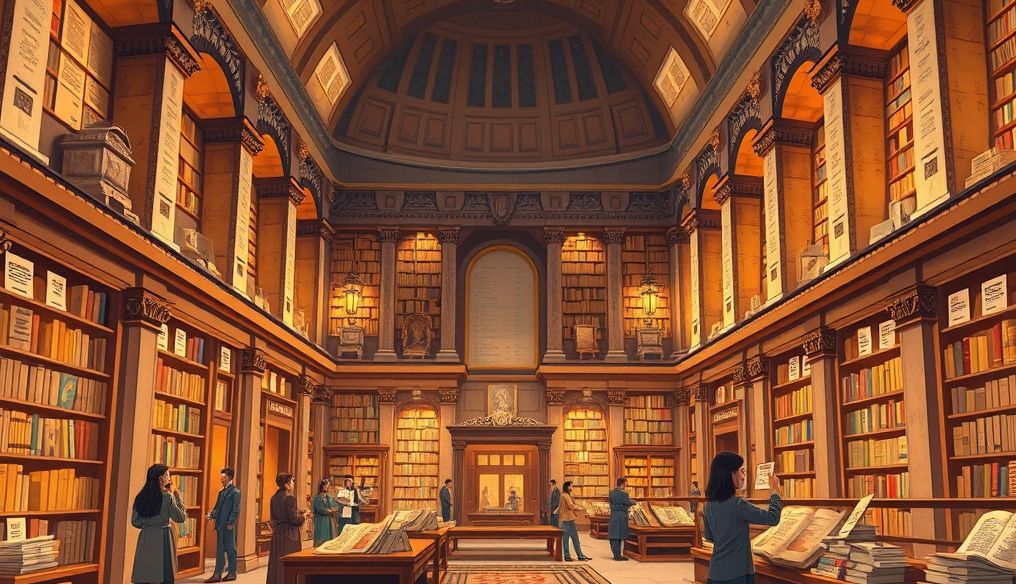Was Leonardo da Vinci Just a Painter? A Comprehensive Look at a Polymath
Leonardo da Vinci, one of the greatest minds in history, is often remembered as a brilliant painter, thanks to his timeless works of art like the Mona Lisa and The Last Supper. But, was da Vinci just a painter? The resounding answer is no. Da Vinci was the embodiment of the Renaissance, a polymath with an insatiable passion for exploring knowledge in various fields, from science and engineering to anatomy and botany. This article seeks to explore the multifaceted aspects of da Vinci's personality, revealing his contributions that transcend the boundaries of art.
Chapter 1: Da Vinci the Artist - Undeniable Genius
The importance of da Vinci as an artist cannot be understated. His artistic works, although relatively few, are considered among the best ever created. His innovative techniques, such as the use of "sfumato" in the Mona Lisa to create a hazy and soft effect, revolutionized the world of painting. The precision of detail in his works, such as his study of human anatomy, made his paintings come to life. Among his most famous works:
- Mona Lisa: A masterpiece embodying mystery and beauty.
- The Last Supper: A huge mural depicting the last moments of Jesus Christ with his disciples.
- Vitruvian Man: An illustration representing the ideal proportions of the human body, symbolizing the harmony between art and science.
However, even in his art, da Vinci was not just an artist. He was a scientist and thinker, using art as a means to explore the world around him.
Chapter 2: Da Vinci the Scientist - An Unquenchable Thirst for Knowledge
Da Vinci was not content with just painting and sculpting. He had an unquenchable thirst for knowledge and sought to understand the world around him through observation and experimentation. His scientific interests included:
- Anatomy: He dissected corpses to study the human body, allowing him to better understand muscles, bones, and internal organs. This knowledge was reflected in the accuracy of his drawings.
- Botany: He studied plants with great care, drawing them in minute detail, contributing to his understanding of their structure and functions.
- Geology: He was interested in studying the Earth and its formations, making valuable observations about the movement of water and its impact on landscapes.
His scientific curiosity drove him to ask deep questions and explore their answers through research and experimentation.
Chapter 3: Da Vinci the Engineer and Inventor - Visions Ahead of His Time
Da Vinci was a brilliant engineer and inventor, providing designs and drawings for machines and equipment that were centuries ahead of his time. Among his inventions:
- The Airplane: He drew designs for flying machines resembling modern airplanes, with movable wings and control systems.
- The Tank: He designed an armored tank equipped with cannons, capable of moving in all directions.
- The Submarine: He created a design for a submarine capable of diving underwater for long periods.
- War Machines: He designed a variety of war machines, such as catapults and ballistas, to improve military capabilities.
Although many of his inventions were not built in his time, they demonstrated his innovative vision and ability to think outside the box.
Chapter 4: Da Vinci and Anatomy - Insightful View of the Human Body
Da Vinci's interest in anatomy was an integral part of his quest to understand the natural world. He systematically dissected corpses and drew his observations with great precision, leading to important discoveries in the field of anatomy. Among his contributions:
- Study of Muscles and Tendons: He drew detailed maps of the muscles and tendons in the human body, contributing to the understanding of their movement and functions.
- Study of Blood Circulation: He made important observations about the circulatory system, including the function of valves in the heart.
- Study of the Nervous System: He tried to understand the structure and function of the nervous system, and provided illustrations of the brain and nerves.
His anatomical studies were fundamental to his art, allowing him to draw the human body with unparalleled accuracy and realism.
Chapter 5: Da Vinci and Other Sciences - Exploring the Universe Around Him
Da Vinci's interest was not limited to anatomy and engineering. He had a wide range of scientific curiosity, including:
- Astronomy: He studied the movement of planets and stars, and made observations about the nature of the universe.
- Geology: He was interested in studying rocks and minerals, and provided explanations for the formation of mountains and valleys.
- Meteorology: He tried to understand weather patterns, and made observations about winds, rain, and clouds.
Da Vinci was a diligent researcher, seeking to understand every aspect of the world around him.
Chapter 6: Da Vinci and Military Art - Designs for Future Wars
Da Vinci was not just an artist and scientist, but also a military engineer. He designed many war machines, some of which were highly innovative and ahead of their time. Among his designs:
- The Armored Tank: A design for a tank covered with armor and equipped with cannons, capable of moving in all directions.
- The Machine Gun: A design for a cannon capable of firing a barrage of bullets at once.
- Siege Machines: Various designs for siege machines, such as catapults and ballistas, to break down castle walls.
Although many of these designs were not built, they show his interest in military technology and his ability to innovate in this field.
Chapter 7: Da Vinci's Legacy - A Multilateral Genius
Leonardo da Vinci left a tremendous legacy that goes beyond the boundaries of art. He was the embodiment of the Renaissance, a polymath with an insatiable passion for exploring knowledge in various fields. His contributions to art, science, engineering, and technology continue to inspire us today. Da Vinci was not just a painter, but a scientist, thinker, inventor, and a pioneer in many fields.
Chapter 8: Lessons from Da Vinci's Life - How to Become Like Him?
We can learn a lot from the life of Leonardo da Vinci. Here are some lessons inspired by his life:
- Be Curious: Ask questions and explore the world around you.
- Don't Be Afraid to Fail: Learn from your mistakes and keep trying.
- Be Multitalented: Explore different interests and develop diverse skills.
- Be Creative: Think outside the box and look for innovative solutions to problems.
- Be Diligent: Work hard to achieve your goals and don't give up easily.
By adopting these principles, we can strive to be like Leonardo da Vinci, multilateral geniuses capable of changing the world.
In conclusion, Leonardo da Vinci was not just a painter. He was a multitalented genius who left an indelible mark on the history of art, science, and technology. He is an example to be followed for the person who seeks to explore knowledge and develop themselves.




